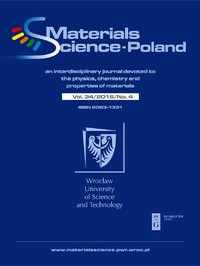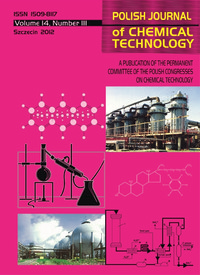Paweł Lochyński, DSc., Eng., graduated from the Faculty of Chemistry of the Wrocław University of Technology in 2007. In 2013, he obtained the degree of Doctor of Sciences. He is employed at the Institute of Environmental Engineering of the Wrocław University of Environmental and Life Sciences. Specialisation – Technical electrochemistry and corrosion, industrial wastewater treatment. Paweł Lochyński conducts research in laboratory scale at the Faculty Environmental Research Laboratory at the University as well as in techno
http://elektropoler.com.pl/
http://www.glos.upwr.edu.pl/aktualnosci/45258/lider_na_upwr.html











![22 Electropolishing of a stainless steel [Elektropolerowenia stali chromowo-niklowej]](https://ionsmonit.pl/wp-content/uploads/2013/08/22.jpg)
